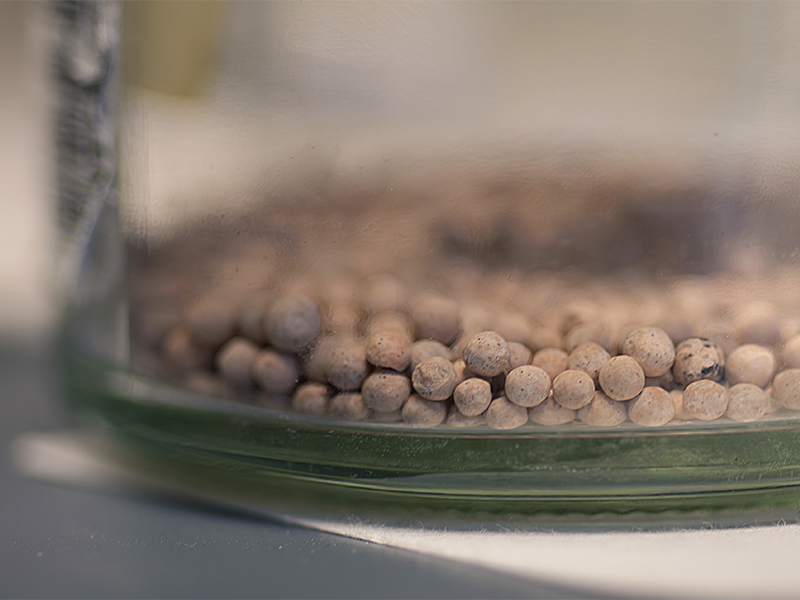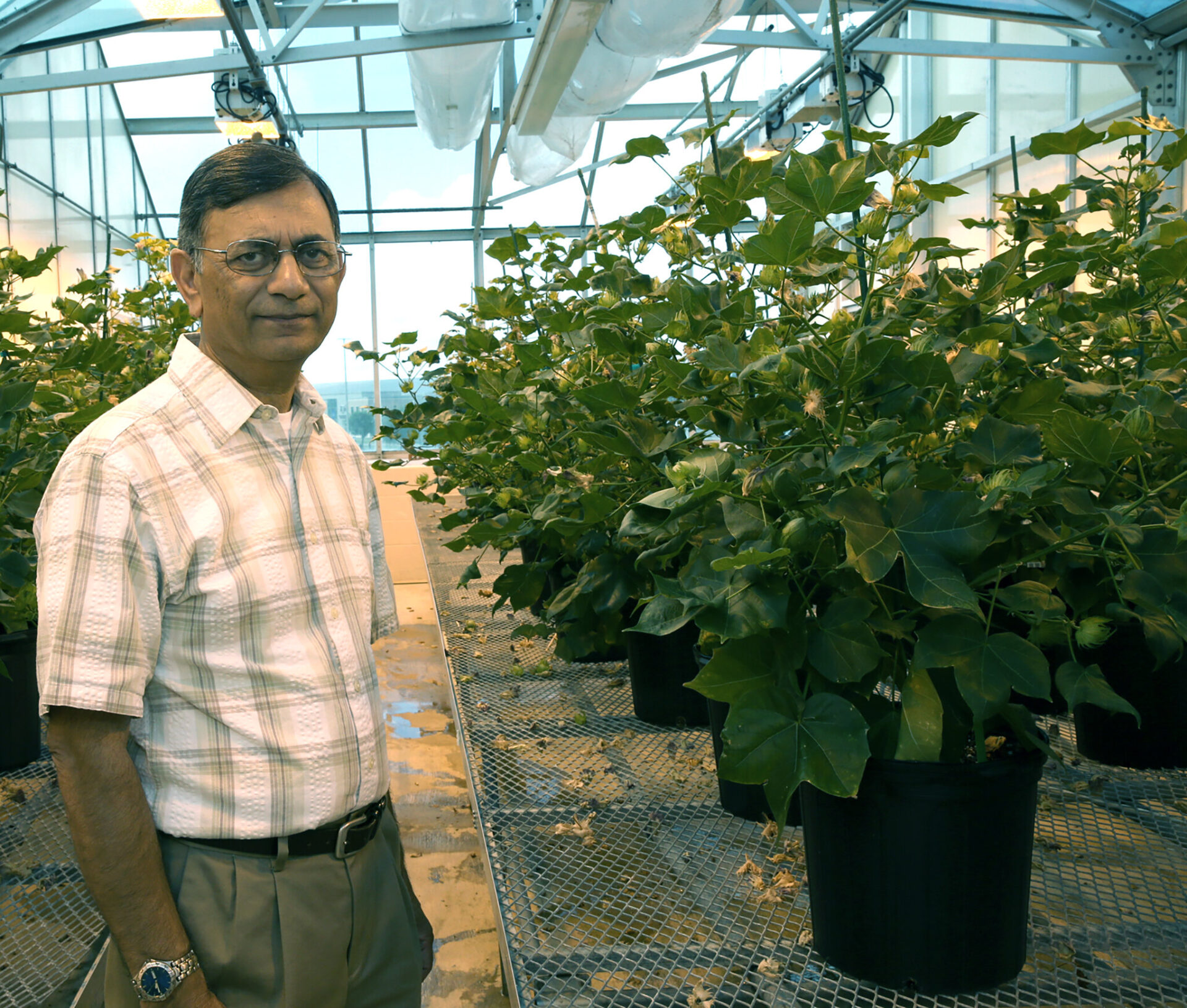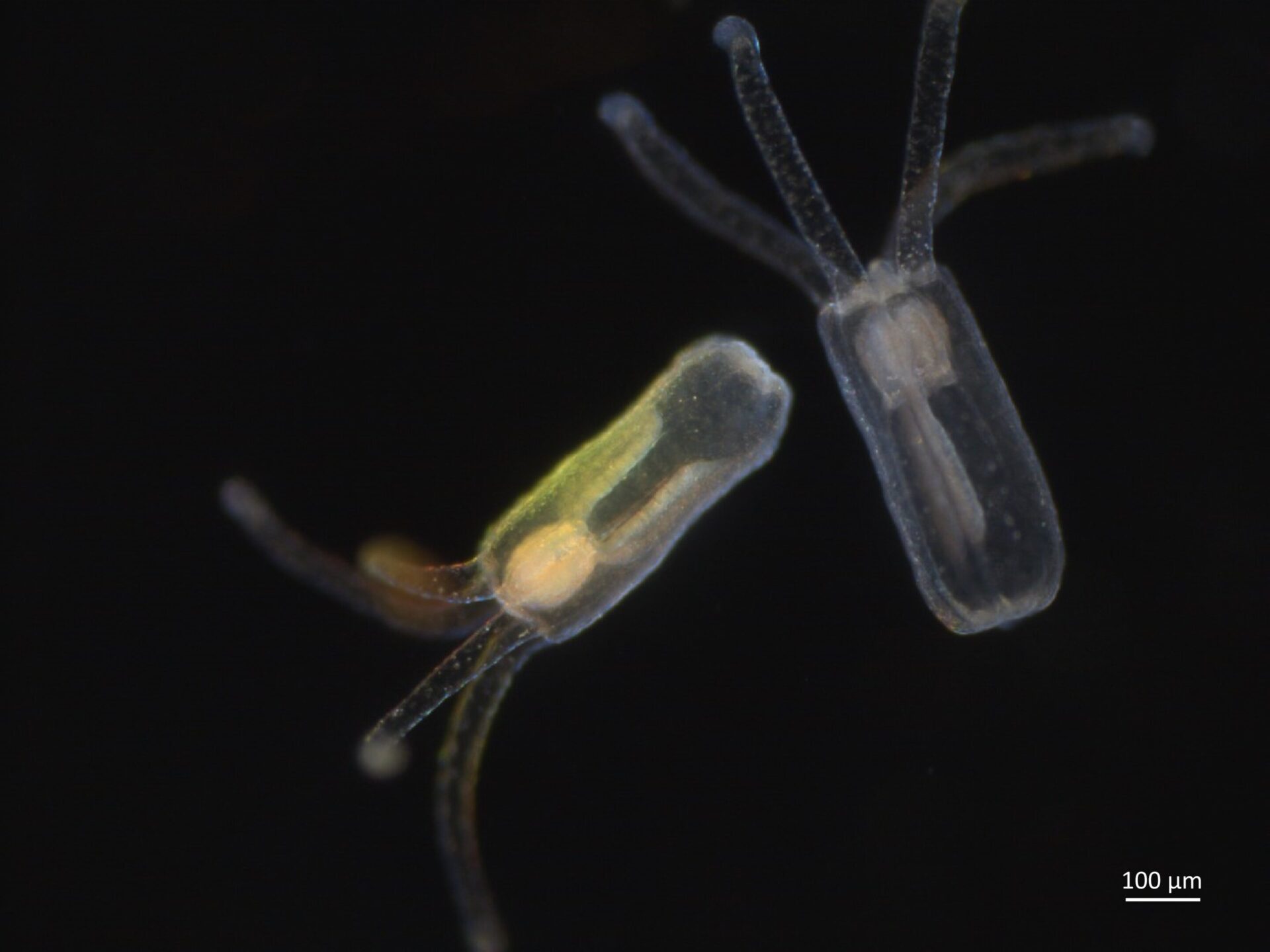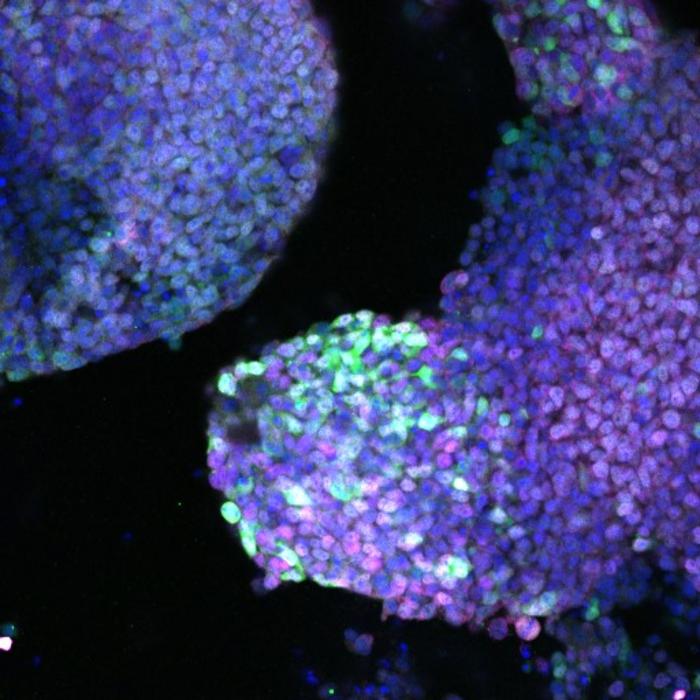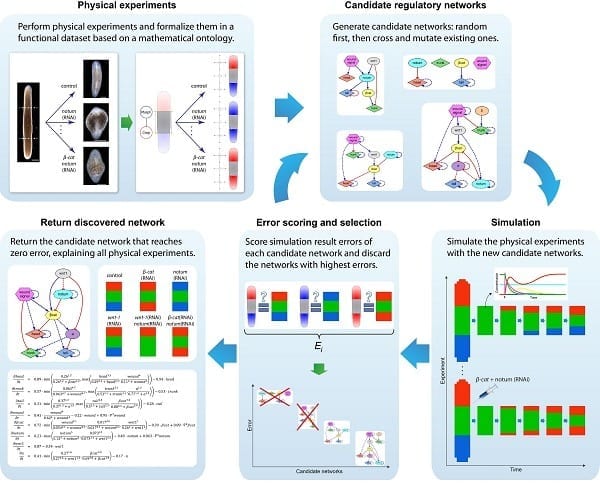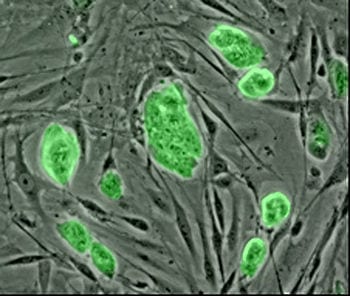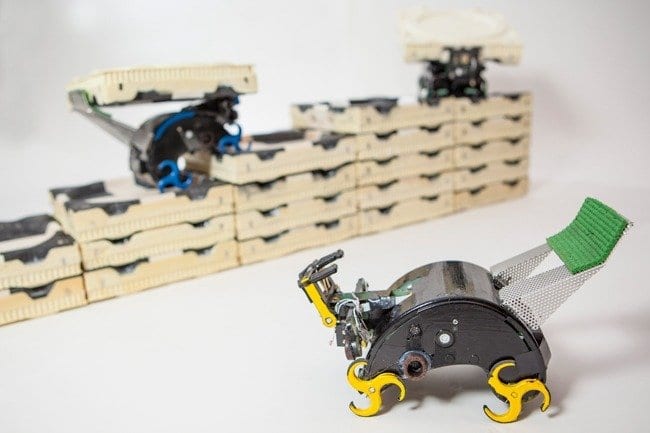
SELF-ORGANIZING ROBOTS INSPIRED BY TERMITE COLONIES DEMONSTRATE SWARM-LIKE INTELLIGENCE
On the plains of Namibia, millions of tiny termites are building a mound of soil—an 8-foot-tall “lung” for their underground nest. During a year of construction, many termites will live and die, wind and rain will erode the structure, and yet the colony’s life-sustaining project will continue.
Inspired by the termites’ resilience and collective intelligence, a team of computer scientists and engineers at the Harvard School of Engineering and Applied Sciences (SEAS) and the Wyss Institute for Biologically Inspired Engineering at Harvard University has created an autonomous robotic construction crew. The system needs no supervisor, no eye in the sky, and no communication: just simple robots—any number of robots—that cooperate by modifying their environment.
Harvard’s TERMES system demonstrates that collective systems of robots can build complex, three-dimensional structures without the need for any central command or prescribed roles. The results of the four-year project were presented this week at the AAAS 2014 Annual Meeting and published in the February 14 issue of Science.
The TERMES robots can build towers, castles, and pyramids out of foam bricks, autonomously building themselves staircases to reach the higher levels and adding bricks wherever they are needed. In the future, similar robots could lay sandbags in advance of a flood, or perform simple construction tasks on Mars.
“The key inspiration we took from termites is the idea that you can do something really complicated as a group, without a supervisor, and secondly that you can do it without everybody discussing explicitly what’s going on, but just by modifying the environment,” says principal investigator Radhika Nagpal, Fred Kavli Professor of Computer Science at Harvard SEAS. She is also a core faculty member at the Wyss Institute, where she co-leads the Bioinspired Robotics platform.
Most human construction projects today are performed by trained workers in a hierarchical organization, explains lead author Justin Werfel, a staff scientist in bioinspired robotics at the Wyss Institute and a former SEAS postdoctoral fellow.
“Normally, at the beginning, you have a blueprint and a detailed plan of how to execute it, and the foreman goes out and directs his crew, supervising them as they do it,” he says. “In insect colonies, it’s not as if the queen is giving them all individual instructions. Each termite doesn’t know what the others are doing or what the current overall state of the mound is.”
Instead, termites rely on a concept known as stigmergy, a kind of implicit communication: they observe each others’ changes to the environment and act accordingly. That is what Nagpal’s team has designed the robots to do, with impressive results. Supplementary videos published with the Science paper show the robots cooperating to build several kinds of structures and even recovering from unexpected changes to the structures during construction.
Each robot executes its building process in parallel with others, but without knowing who else is working at the same time. If one robot breaks, or has to leave, it does not affect the others. This also means that the same instructions can be executed by five robots or five hundred. The TERMES system is an important proof of concept for scalable, distributed artificial intelligence.
Nagpal’s Self-Organizing Systems Research Group specializes in distributed algorithms that allow very large groups of robots to act as a colony. Close connections between Harvard’s computer scientists, electrical engineers, and biologists are key to her team’s success. They created a swarm of friendly Kilobots a few years ago and are contributing artificial intelligence expertise to the ongoing RoboBees project, in collaboration with Harvard faculty members Robert J. Wood and Gu-Yeon Wei.
“When many agents get together—whether they’re termites, bees, or robots—often some interesting, higher-level behavior emerges that you wouldn’t predict from looking at the components by themselves,” says Werfel. “Broadly speaking, we’re interested in connecting what happens at the low level, with individual agent rules, to these emergent outcomes.”
Coauthor Kirstin Petersen, a graduate student at Harvard SEAS with a fellowship from the Wyss Institute, spearheaded the design and construction of the TERMES robots and bricks. These robots can perform all the necessary tasks—carrying blocks, climbing the structure, attaching the blocks, and so on—with only four simple types of sensors and three actuators.
“We co-designed robots and bricks in an effort to make the system as minimalist and reliable as possible,” Petersen says. “Not only does this help to make the system more robust; it also greatly simplifies the amount of computing required of the onboard processor. The idea is not just to reduce the number of small-scale errors, but more so to detect and correct them before they propagate into errors that can be fatal to the entire system.”
The Latest on: Self-organizing robots
[google_news title=”” keyword=”Self-organizing robots” num_posts=”10″ blurb_length=”0″ show_thumb=”left”]
via Google News
The Latest on: Self-organizing robots
- Swaayatt Robots: Is This Autonomous Driving Startup Just Hype Or The Future Of Vehicles?on May 2, 2024 at 8:25 pm
Bhopal-based Swaayatt Robots has built proprietary algorithms and claims to have unparalleled capabilities in Level 5 autonomous driving ...
- Random robots are more reliableon May 2, 2024 at 1:19 pm
New algorithm encourages robots to move more randomly to collect more diverse data for learning. In tests, robots started with no knowledge and then learned and correctly performed tasks within a ...
- Best robot vacuum deals in May 2024on April 30, 2024 at 6:57 am
Today's robot vacuums can clean and mop all types of surfaces from carpets to hardwood floors. Plus, some of the pricier models can self-clean, which means you'll only have to empty their dust ...
- Self Balancing Roboton April 29, 2024 at 5:00 pm
Stabilizing an inverted pendulum is a classic problem in control theory, and if you’ve ever taken a control systems class you might remember seeing pages full of differential equations and bode ...
- Best deals on robot vacuums ahead of Memorial Dayon April 25, 2024 at 10:18 am
Now give your stick vacuum a rest, and let the robots get to work. This self-emptying vacuum does it all. Its powerful suction can remove dirt, pet hair and other debris from your carpet and hard ...
- Enter Robots, Are We Ready?on April 24, 2024 at 5:00 pm
The term “robot” suggests a human-like machine—a ... will give patients increasing control of these bionic parts. Self-contained power sources, combined with artificial intelligence (AI ...
- My Favorite Amazon Deal of the Day: The Roborock S8 Pro Ultraon April 24, 2024 at 5:00 am
Roborock, one of the most promising robot vacuum brands, makes some of the best high-end robot vacuums that you can buy right now. The Roborock S8 Pro Ultra is one such example, and according to price ...
- Whisker Litter-Robot 4 review: This $700 self-cleaning litter box outperformed every other box we testedon April 23, 2024 at 5:00 pm
In addition to using the Whisker Litter-Robot 4 since 2022, I have also tested eight other boxes for our guide to the best self-cleaning litter boxes. For weeks, I took notes as my cats circled ...
- The Best Robot Mops of 2024, Tested by Expertson April 7, 2024 at 5:00 pm
We selected these models based on years of testing plus data gathered from 17 models we’ve most recently tested for our Best Cleaning & Organizing Awards, a test of self-emptying robots and more.
- Robot vacuum buying guide—what you need to knowon April 4, 2024 at 12:38 pm
We update it regularly with the latest sales in robot vacuums and mops. Plus, models with self-emptying bases sometimes make an appearance. The future is here with robots handling many of our ...
via Bing News

